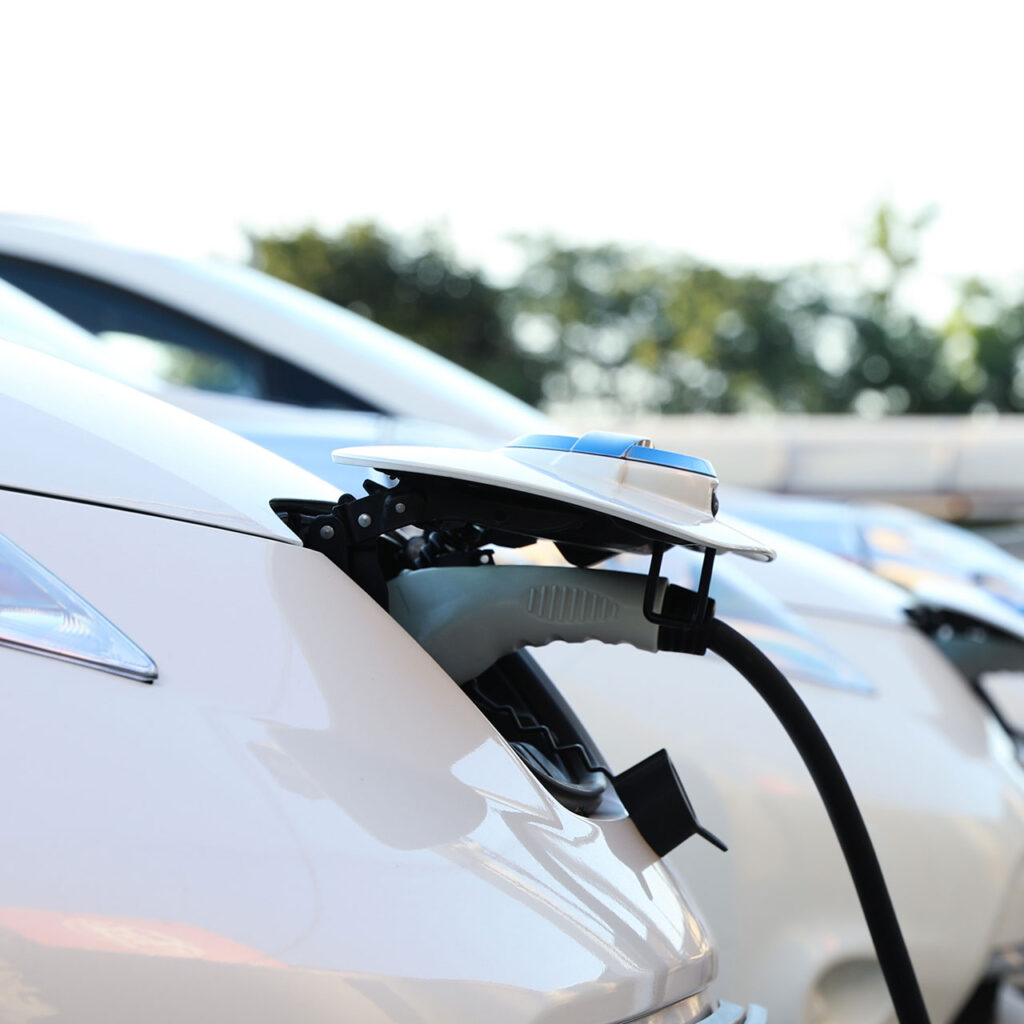EMCs offer Promising Solutions for Auto/EV Applications
As the automotive market continues to shift toward electrification, Cavist sees increasing promise for the application of Epoxy Molding Compounds (EMCs) for PCB-level electronic packaging solutions. It seems obvious, but the move toward electrification and autonomy means vehicles are packed with more electronic subsystems than ever before. Over a period of 5 years between 2019 and 2024, the number of electronic chips in a vehicle almost doubled from 550 chips/car to 800 chips/car.1 Sub-systems that drive connectivity, computing and power management all require packaging solutions that are carefully weighed against cost, performance, and reliability tradeoffs. Overmolding with Epoxy Molding Compounds offers a solution that decreases overall cost, while dramatically improving performance and reliability.Proportional Increases
As the number of electronic systems per vehicle increases, the potential number of failure points increases proportionally. Automakers are looking for creative packaging solutions that allow them to surpass the typical design life of 15 years or more. In addition to the standard barrage of automotive tests like high-temp operating life (HTOL) and temperature cycling, applications draw more power through denser electronic architecture, further exacerbating the potential for temperature-related failures. In a cover story for ATZ Worldwide entitled “Overmolding for Unhoused Transmission Controls”2, Vitesco explains how they deployed epoxy molding technology to develop an electronic module that is “more compact, lighter and more cost-effective.” This Transmission Control Unit (TCU) application brought the additional environmental challenges of vibration, high-temperature and direct exposure to dirt, moisture, and transmission fluid.- “Automotive Packaging: Market and Technology Trends 2019”, Yole Development. Page 23.
- “Overmolding for Unhoused Transmission Controls”, ATZ Worldwide. 2021.
Step 1: Eliminate the Housing
One of the primary benefits of an overmolded PCB assembly is the elimination of the housing. In Vitesco’s case this meant eliminating the two-piece hermetic enclosure. Not only is there a reduction in the bill of materials, but the assembly time is also reduced with an overmolding process. Just think, you’re not assembling the PCBA into a housing and then screwing the housing together. Add in the reduction in weight and you can see why the solution is drawing fast attention.
Step 2: Improve Reliability
As mentioned previously, vehicle manufacturers are looking to pass reliability testing that demonstrates an electronic assembly will last a minimum of 15 years. This translates to about 2,000 hours of temperature cycling, often done at working voltage – a tough test for any e-assembly. Vitesco was able to prove that the overmolded control unit passed over 4,000 hours of reliability testing with no detectable damage! In addition to surpassing thermal test criteria by 2x, the media-tight overmolding barrier completely seals the electronics from dirt, moisture, and high-temp gear oil.
Step 3: Boost Thermal Performance
Thermal conductivity becomes a real point of contention in packaging of high-power EV modules. Systems are designed to run faster and higher power than ever before; all while space and weight constraints are kept at a minimum. Epoxy overmolding allows for encapsulation at very thin skin thicknesses (0.2-0.5 mm). Furthermore, these materials can be tuned to reach thermal conductivity values of up to 3.0 W/m-K, eliminating the concern for heat dissipation and hot spots. The potential of the thermal conductivity alone will be highly disruptive in the electronic packaging space.
Conclusion
When comparing the overmolded e-module solution with a traditional housing, it is clear to see that the modules can be produced in fewer production steps with reduced materials, thereby lowering the COGS of the overall assembly. A tighter mechanical outline means weight savings and better thermal performance. Excellent adhesion to the FR4 substrate results in a media-tight barrier and IP-68 level protection. Low CTE mismatch and cohesive bonding makes thermal cycle testing a non-issue, thereby increasing the long-term reliability of the product. There is a bright future for thermoset overmolding of electronic modules in the automotive and EV industries.
Reach out to Cavist to get more information about this technology.







